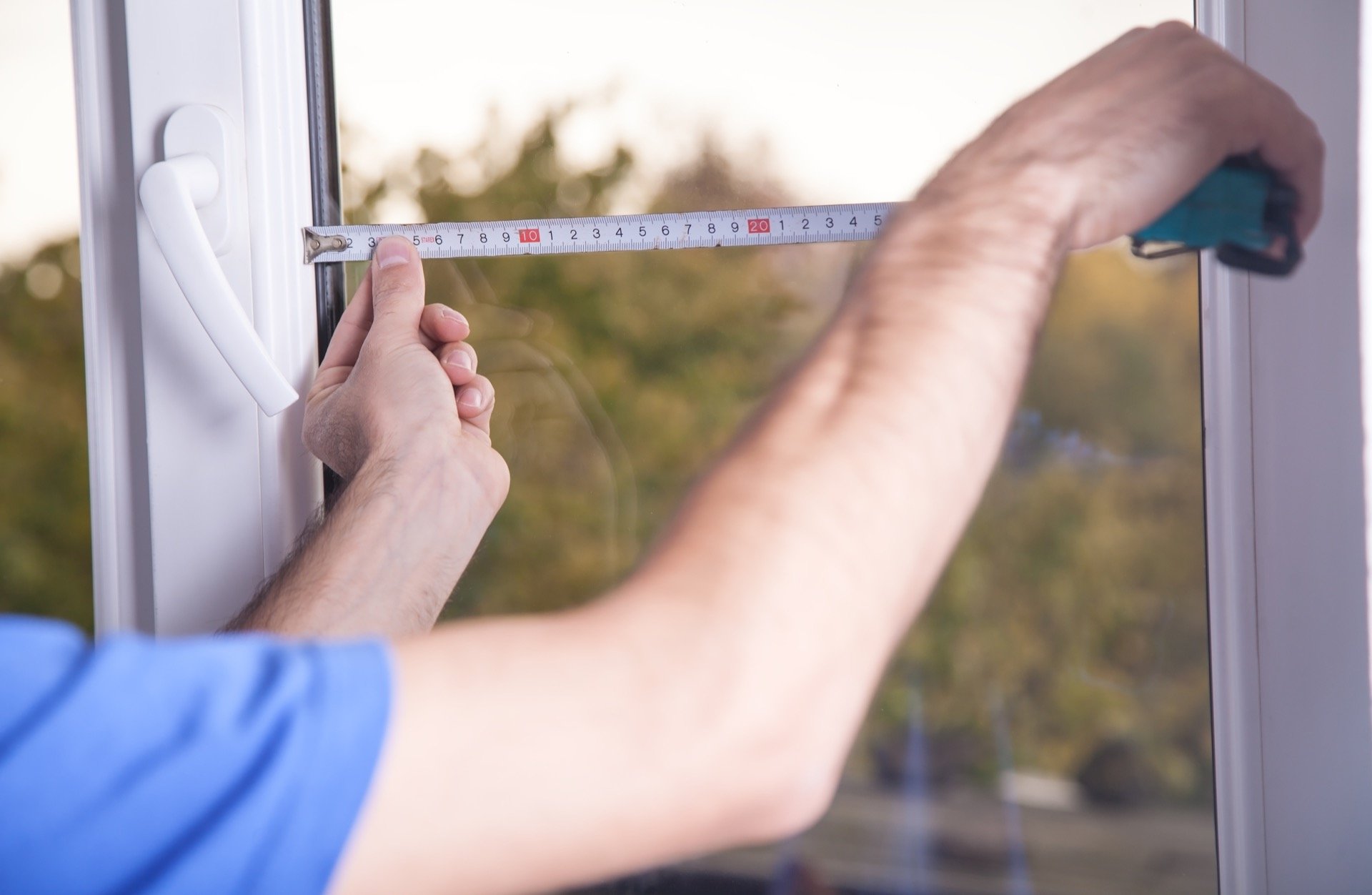

Articles
How To Measure Skylight Blinds
Modified: January 24, 2024
Learn how to measure skylight blinds with these helpful articles. Find step-by-step instructions and expert tips to ensure a perfect fit for your skylight.
(Many of the links in this article redirect to a specific reviewed product. Your purchase of these products through affiliate links helps to generate commission for Storables.com, at no extra cost. Learn more)
Introduction
Welcome to our guide on how to measure skylight blinds! Skylight blinds are a great addition to any home with skylights. They provide privacy, light control, and insulation, making your living space more comfortable and enjoyable.
Measuring skylight blinds accurately is crucial to ensure a perfect fit and maximum functionality. In this article, we will take you through the step-by-step process of measuring skylight blinds, from gathering the necessary tools and materials to ordering and installing the blinds.
Whether you’re a DIY enthusiast or simply looking to save money on professional installation, this guide will equip you with the knowledge and skills to measure skylight blinds like a pro.
So let’s get started and dive into the world of skylight blinds!
Key Takeaways:
- Accurate measurement of skylight blinds ensures a perfect fit, optimal light control, increased privacy, and energy efficiency, enhancing the overall aesthetics and functionality of your living space.
- Clear communication with the supplier when ordering skylight blinds is crucial. Providing accurate measurements, specifying the installation method, and discussing customization options will help you get blinds that meet your specific needs and preferences.
Read more: How To Install Velux Skylight Blinds
Benefits of Measuring Skylight Blinds
Measuring skylight blinds accurately has numerous benefits. Let’s explore some of the key advantages:
- Perfect Fit: By taking precise measurements, you can ensure that your skylight blinds fit snugly, covering the entire skylight area. This prevents any gaps that could let in unwanted light or compromise privacy.
- Enhanced Light Control: Skylight blinds allow you to control the amount of sunlight entering your living space. By accurately measuring and installing the blinds, you can effectively regulate the level of natural light, creating a comfortable atmosphere and reducing glare.
- Improved Insulation: Skylights can be a significant source of heat loss or gain, depending on the season. Measuring your blinds correctly ensures proper coverage, helping to insulate your room and reduce energy consumption.
- Increased Privacy: Skylight blinds give you the freedom to enjoy natural light without compromising your privacy. With accurate measurements, you can install blinds that fully cover the skylight, preventing prying eyes from peeking into your living space.
- Enhanced Aesthetics: Properly measured skylight blinds not only provide functional benefits but also enhance the overall aesthetics of your space. They can add a touch of style and sophistication to your room, complementing your existing decor.
- Cost Savings: Measuring your skylight blinds accurately ensures that you order the correct size, preventing the need for costly returns or reordering. By avoiding mistakes and accurately measuring, you can save both time and money in the long run.
With all these advantages in mind, it becomes clear why measuring skylight blinds accurately is so important. It ensures a perfect fit, optimal light control, increased privacy, and improved energy efficiency. Now that we understand the benefits, let’s move on to the tools and materials needed for the measurement process.
Tools and Materials Needed
Before you begin measuring your skylight blinds, make sure you have the following tools and materials on hand:
- Measuring Tape: A good quality measuring tape is crucial for obtaining accurate measurements. Make sure it is long enough to measure the width and length of your skylight.
- Pencil or Marker: You’ll need a pencil or marker to mark the measurements on the blinds and the skylight frame.
- Ladder or Step Stool: Depending on the height of your skylight, you may need a ladder or step stool to safely access the skylight for measuring.
- Notepad and Pen: It’s always a good idea to keep a notepad and pen handy to jot down the measurements and any additional notes.
- Calculator: If you need to calculate the area or dimensions of your skylight, a calculator will come in handy.
- Dust Cloth: Before measuring, use a dust cloth to wipe any dirt or debris from the skylight frame. This ensures a clean and accurate measuring process.
- Ordering Information: If you are planning to order skylight blinds online or visit a store, have the necessary information ready, such as the skylight dimensions and any specific requirements or preferences.
Having these tools and materials prepared beforehand will make the measuring process smoother and more efficient. With everything at your disposal, you are now ready to measure your skylight and proceed to the next steps.
Step 1: Taking Accurate Measurements
Now that you have gathered all the necessary tools and materials, it’s time to begin the measurement process. Follow these steps to ensure accurate measurements for your skylight blinds:
- Position your ladder or step stool: Carefully position your ladder or step stool near the skylight to provide a safe and stable platform for measuring. Ensure that it is placed securely and at a comfortable height.
- Measure the width: Use your measuring tape to measure the width of the skylight from one side of the frame to the other. Take the measurement at the top, middle, and bottom of the skylight to account for any variations.
- Record the narrowest width: Note down the narrowest width measurement. This is the measurement you will use when ordering your skylight blinds to ensure a proper fit.
- Measure the length: Extend your measuring tape from the top of the skylight frame to the bottom to measure the length of the skylight. Again, take measurements at multiple points to ensure accuracy.
- Record the longest length: Record the longest length measurement of the skylight. This will be the length you use when ordering your blinds.
- Check for any obstructions: Take note of any obstructions, such as handles or knobs, on the skylight frame that could affect the installation of the blinds. Measure the distance from the top and sides of the frame to the obstruction and record these measurements.
- Take photos or make sketches: If needed, take photos or make sketches of the skylight and its dimensions. This can be helpful when ordering or discussing your requirements with a retailer or manufacturer.
Remember to measure accurately and double-check your measurements to ensure precision. It’s always better to be slightly over cautious and remeasure, rather than ending up with blinds that do not fit correctly.
Now that you have the accurate measurements of your skylight, we can move on to the next step: determining the installation method.
Step 2: Determining Installation Method
Once you have measured your skylight accurately, the next step is to determine the installation method for your skylight blinds. There are a few different options to consider:
- Inside Mount: If your skylight has sufficient depth and you prefer a streamlined look, you may opt for an inside mount installation. This involves mounting the blinds within the recessed area of the skylight frame, providing a clean and flush appearance.
- Outside Mount: If the depth of your skylight is limited or you want maximum coverage and light control, an outside mount installation might be the best choice. In this method, the blinds are mounted over the skylight frame, covering the entire opening and providing extra privacy and insulation.
- Motorized Installation: For added convenience and ease of use, you can consider a motorized installation. Motorized skylight blinds can be operated with a remote control or wall switch, allowing you to adjust the blinds’ position and angle with just a push of a button.
- Manual Installation: If you prefer a more traditional approach or have budget constraints, a manual installation is a viable option. Manual skylight blinds are operated manually using a cord, wand, or handle, allowing you to control the light and privacy levels manually.
When deciding on the installation method, consider factors such as your personal preference, the functionality you desire, and the specific characteristics of your skylight. Each installation method has its own advantages and considerations, so choose the one that best suits your needs and the layout of your space.
Now that you have determined the installation method, it’s time to move on to the next step: choosing the right type of skylight blind.
When measuring skylight blinds, be sure to measure the width and length of the skylight opening accurately to ensure a proper fit. It’s also important to consider any obstructions or handles that may affect the installation.
Read more: How To Measure Skylight Size
Step 3: Choosing the Right type of Skylight Blind
Choosing the right type of skylight blind is essential to ensure optimal light control, insulation, and overall functionality. Consider the following factors when selecting your skylight blinds:
- Light Control: Determine the level of light control you desire. If you want to block out sunlight completely, blackout skylight blinds are a great choice. If you prefer diffused light or varying degrees of light control, consider light-filtering or sheer skylight blinds.
- Insulation: Consider the insulation properties of the skylight blinds. Energy-efficient blinds can help regulate the temperature in your living space, reducing heat gain or loss through the skylight.
- Privacy: Decide on the level of privacy you need. If you want complete privacy, choose skylight blinds with opaque materials. For semi-privacy, opt for blinds that offer a balance between privacy and natural light.
- Style: Consider the aesthetics and style of your skylight blinds. Look for blinds that complement your existing decor and enhance the overall ambiance of the room.
- Durability: Assess the durability and maintenance requirements of the blinds. Make sure they are made from high-quality materials that can withstand the rigors of daily use and are easy to clean.
- Budget: Determine your budget and explore different options that fit within your financial constraints. Remember to consider the long-term value and benefits that skylight blinds can bring to your home.
With these factors in mind, browse through various styles, materials, colors, and patterns of skylight blinds to find the perfect match for your skylight and personal preferences.
Once you have chosen the right type of skylight blind, proceed to the next step: ordering the blinds.
Step 4: Ordering the Skylight Blind
After measuring your skylight, determining the installation method, and selecting the right type of skylight blind, it’s time to place your order. Follow these steps to ensure a smooth ordering process:
- Choose a Supplier: Research and choose a reputable supplier or retailer that offers a wide range of skylight blinds and has positive customer reviews. Look for a supplier that specializes in skylight blinds to ensure they have the expertise and knowledge in this specific area.
- Provide Accurate Measurements: When placing your order, provide the supplier with the accurate measurements you took earlier. Double-check the width, length, and any additional measurements you recorded, ensuring they match the details you provide.
- Specify Installation Method: Clearly communicate the installation method you have chosen, whether it’s an inside mount, outside mount, motorized, or manual installation. This will help the supplier provide you with blinds that are suitable for your chosen method.
- Discuss Customization Options: If you require any customization options, such as specific colors, patterns, or special features, discuss these with the supplier. They may have additional customization options available to meet your specific requirements.
- Confirm Delivery and Installation Schedule: Inquire about the delivery timeline and estimated installation date. Make sure you are aware of the expected timeframes so you can adequately plan for the arrival and installation of your skylight blinds.
- Finalize Payment Details: Go over the payment details with the supplier and ensure you are comfortable with the pricing, payment methods, and any additional charges or fees. Discuss any applicable warranties or return policies as well.
By following these steps and maintaining clear communication with the supplier, you can confidently place your order for skylight blinds that perfectly fit your skylight and meet your specific needs.
Now that you have ordered your skylight blinds, let’s move on to the final step: installing the blinds.
Step 5: Installing the Skylight Blind
Now that you have received your skylight blinds, it’s time to install them and enjoy the benefits they offer. Follow these steps for a successful installation:
- Read the Instructions: Carefully read the installation instructions provided by the manufacturer. Familiarize yourself with the specific steps and requirements for your particular skylight blinds.
- Gather the Necessary Tools: Ensure you have all the tools required for the installation process. These may include a drill, screws, screwdriver, level, and any other tools specified in the instructions.
- Prepare the Skylight: Clean the skylight area and remove any dust or debris. Ensure the surface is dry and free from obstructions that could hinder the installation process.
- Follow the Step-by-Step Instructions: Install the skylight blinds according to the step-by-step instructions provided. Ensure you secure the blinds properly and make any necessary adjustments for a perfect fit.
- Check for Proper Functionality: Test the skylight blinds to ensure they operate smoothly and provide the intended light control and privacy. Make any final adjustments if needed.
- Finalize the Installation: Once you are satisfied with the installation and functionality of the skylight blinds, clean the area around the skylight and remove any installation debris. Enjoy the enhanced privacy, light control, and insulation that your new skylight blinds provide.
If you are not confident in your DIY skills or prefer professional installation, consider hiring a skilled installer who has experience with skylight blinds. They can ensure a seamless and professional installation, giving you peace of mind.
Congratulations! You have successfully measured, ordered, and installed your skylight blinds. Now you can sit back, relax, and enjoy the benefits of your beautifully covered skylight. Remember to clean and maintain your skylight blinds regularly to keep them in top condition.
With this comprehensive guide, you have gained the knowledge and skills to measure skylight blinds like a pro. We hope this information has been helpful in making the process easier and more enjoyable. Happy measuring and enjoy the beautiful transformation that skylight blinds bring to your living space!
Conclusion
Measuring skylight blinds accurately is a crucial step in ensuring a perfect fit, optimal light control, privacy, and energy efficiency in your home. By following the steps outlined in this guide, you can confidently measure your skylight and order blinds that will enhance the aesthetics and functionality of your space.
We discussed the benefits of measuring skylight blinds, including the importance of a perfect fit, light control, insulation, privacy, aesthetics, and cost savings. Through careful measurement, you can achieve these benefits and create a comfortable and visually appealing environment.
We also covered the tools and materials needed for the measurement process, including a measuring tape, pencil or marker, ladder or step stool, notepad and pen, calculator, dust cloth, and ordering information. Having these tools ready ensures that you are well-prepared and organized throughout the process.
The step-by-step guide provided detailed instructions on taking accurate measurements, determining the installation method, choosing the right type of skylight blind, and ordering and installing the blinds. By following each step carefully, you can avoid common mistakes and ensure a successful outcome.
Remember to communicate clearly with your supplier when ordering the blinds, providing accurate measurements, specifying the installation method, discussing customization options, and finalizing the payment and delivery details. Open and clear communication will help you get the blinds that meet your specific needs and preferences.
Installing the skylight blinds requires careful attention to detail and following the manufacturer’s instructions. By installing the blinds correctly, you can enjoy the full benefits of light control, privacy, and energy efficiency that they offer.
In conclusion, measuring skylight blinds is a process that requires careful attention and precision. By taking accurate measurements, determining the installation method, choosing the right type of blind, and properly installing them, you can enhance the comfort, aesthetics, and functionality of your home.
We hope that this guide has provided you with the knowledge and confidence to measure skylight blinds effectively. Enjoy the transformed ambiance and the many benefits that skylight blinds bring to your living space!
Frequently Asked Questions about How To Measure Skylight Blinds
Was this page helpful?
At Storables.com, we guarantee accurate and reliable information. Our content, validated by Expert Board Contributors, is crafted following stringent Editorial Policies. We're committed to providing you with well-researched, expert-backed insights for all your informational needs.
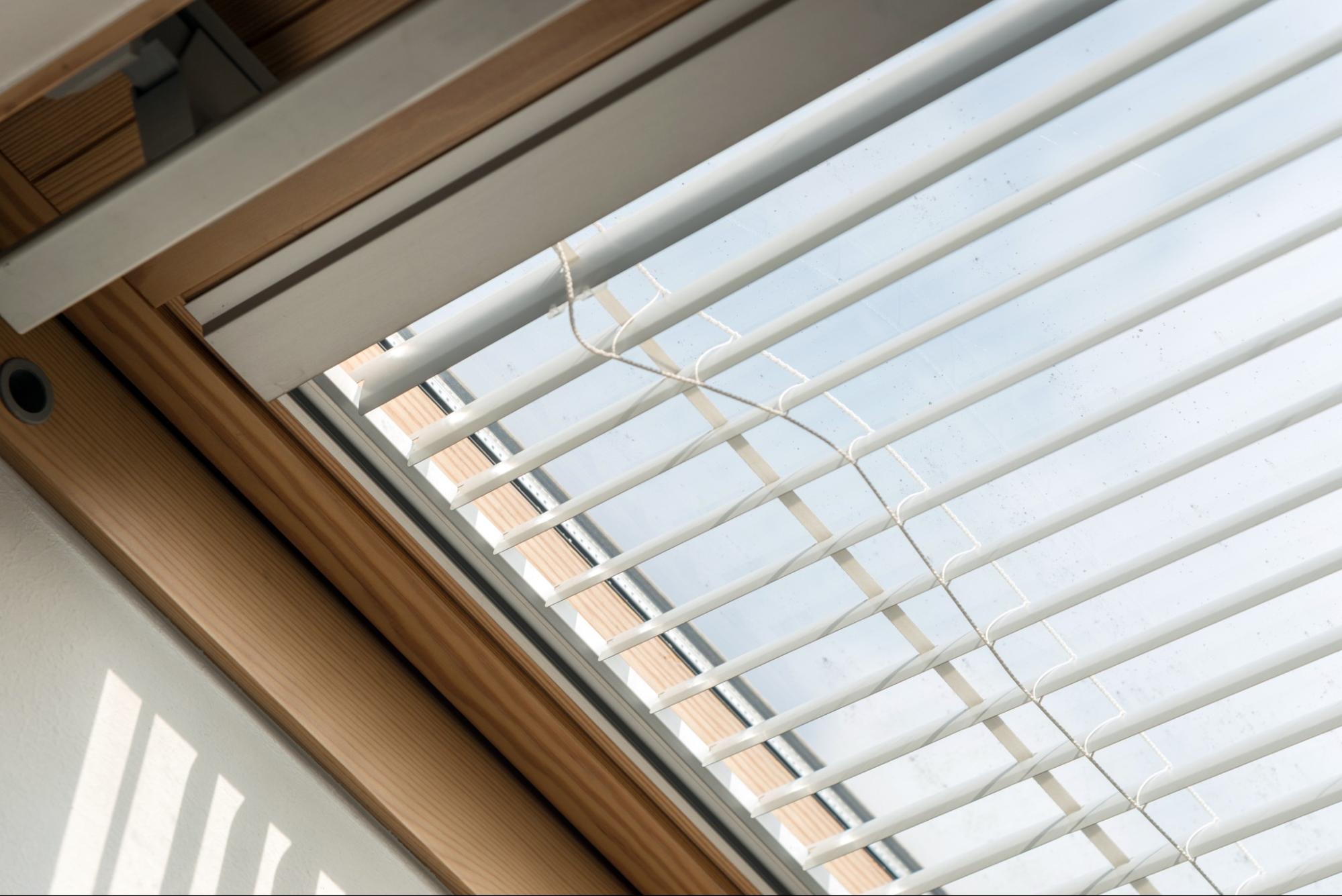
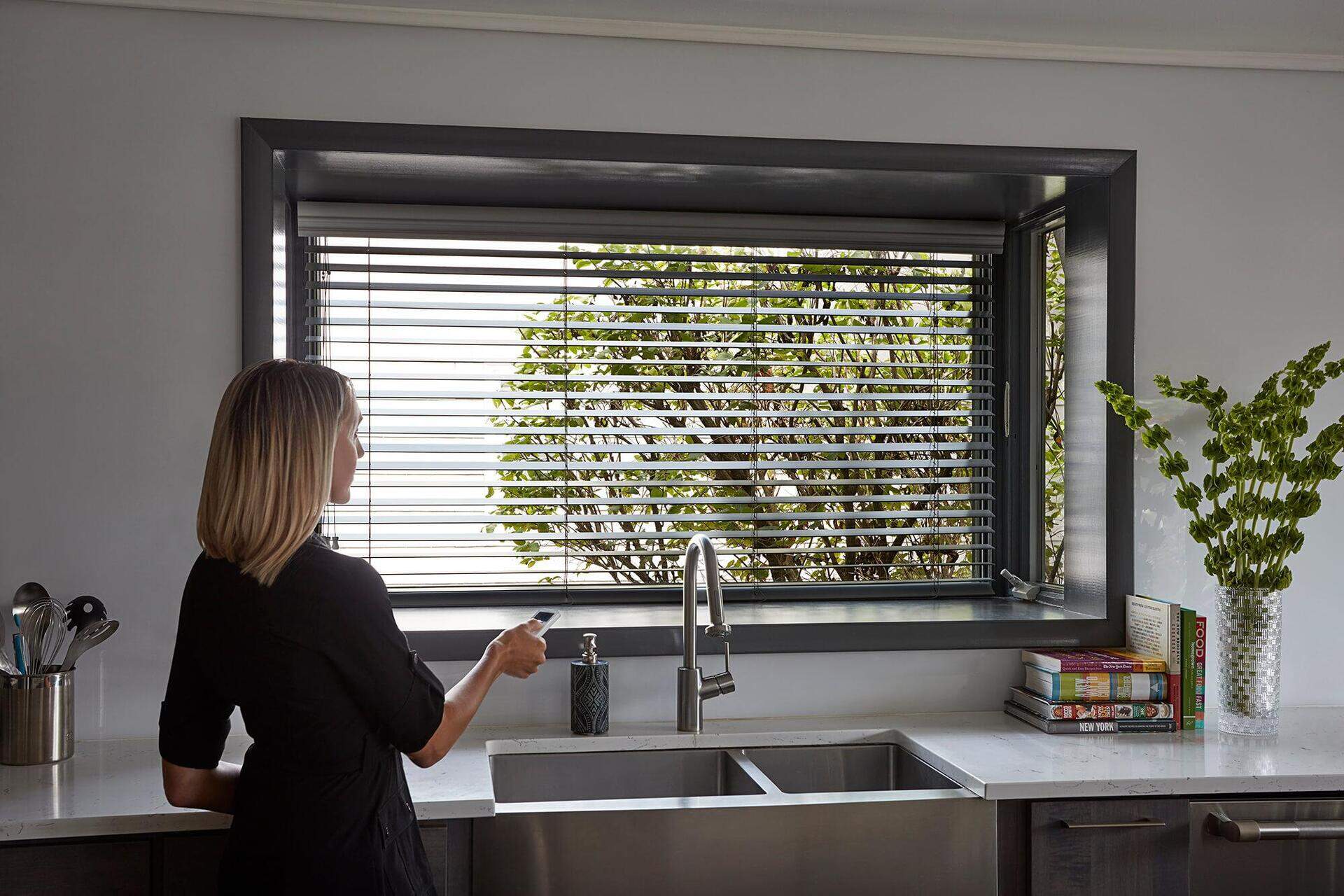
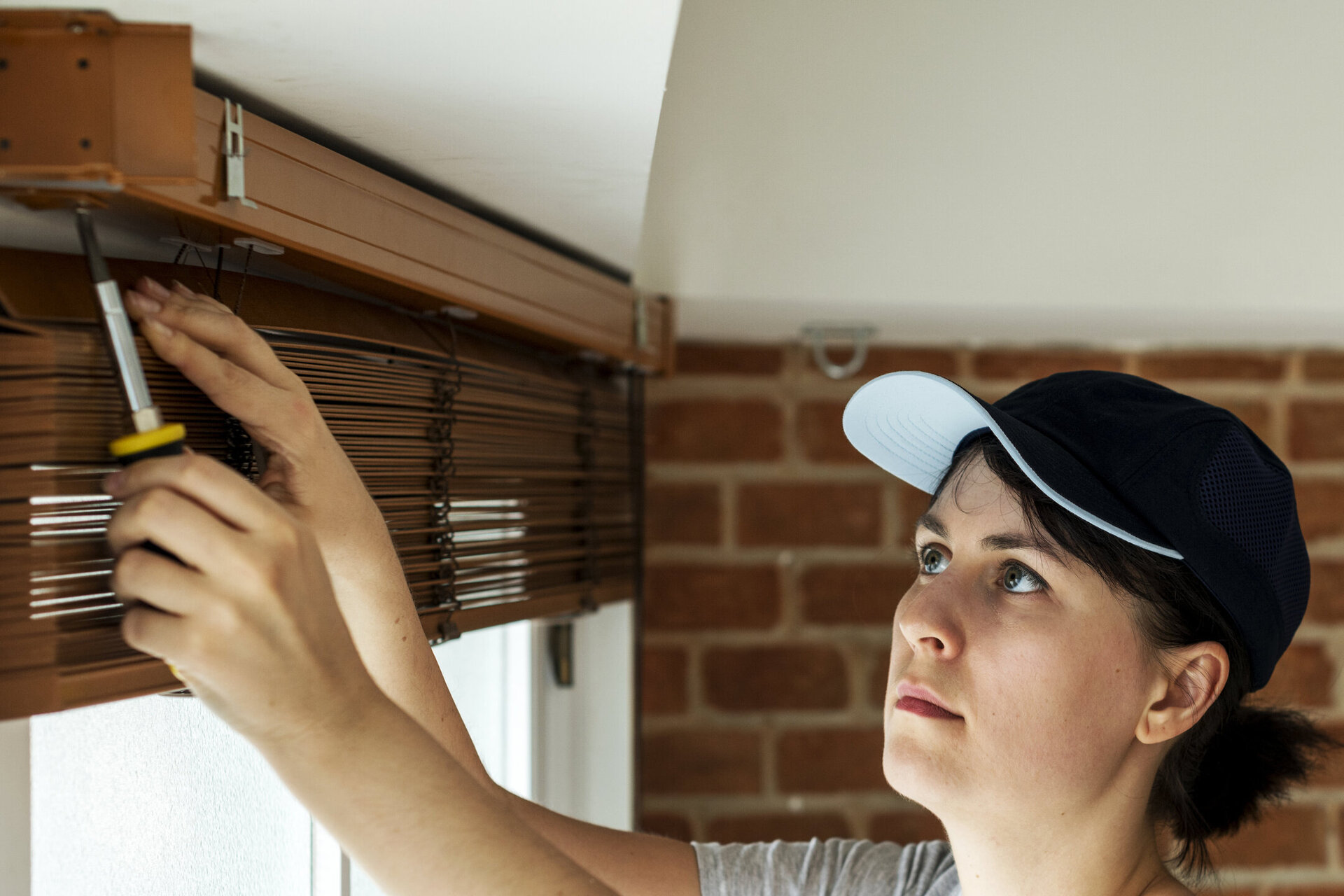
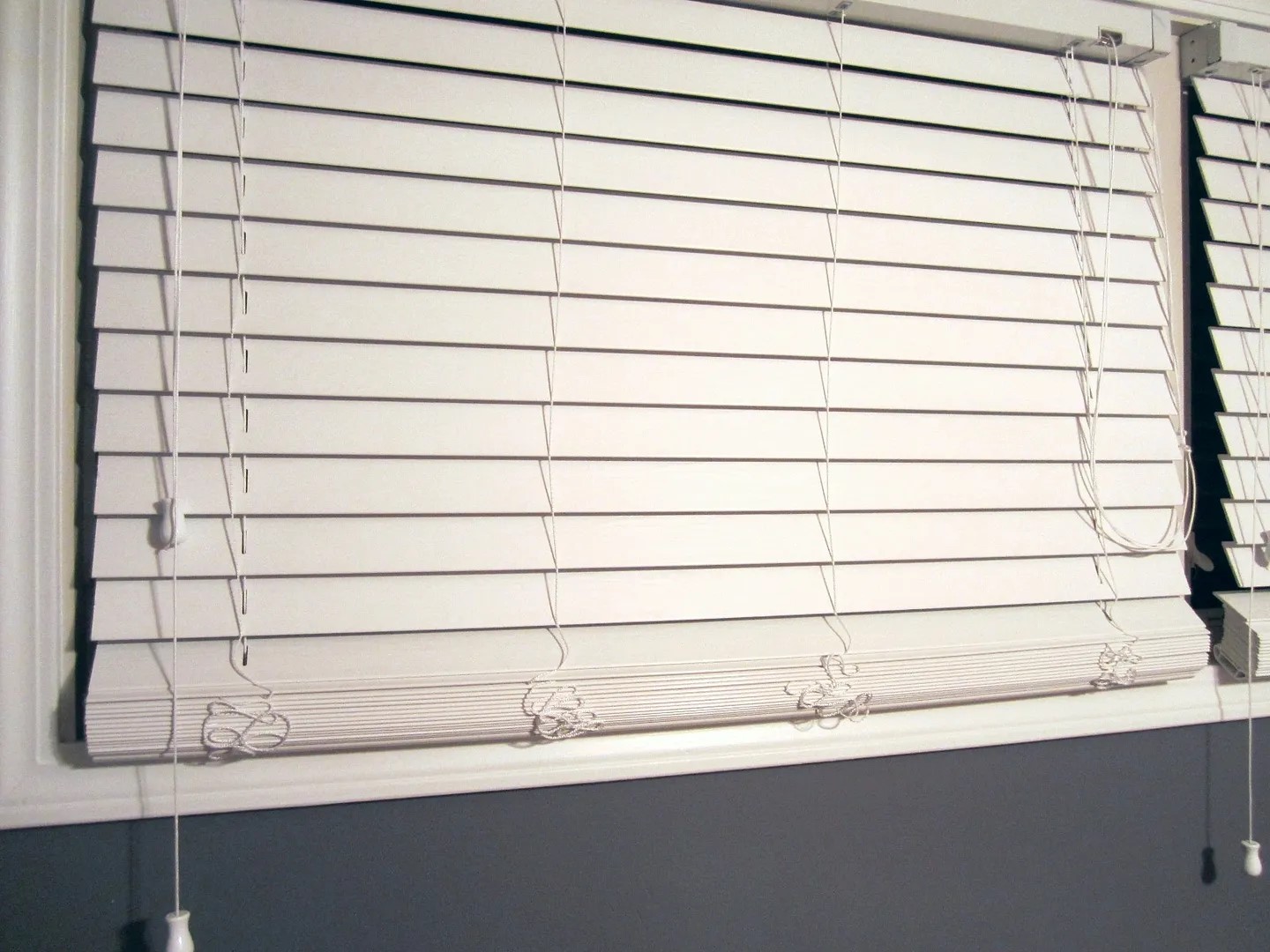
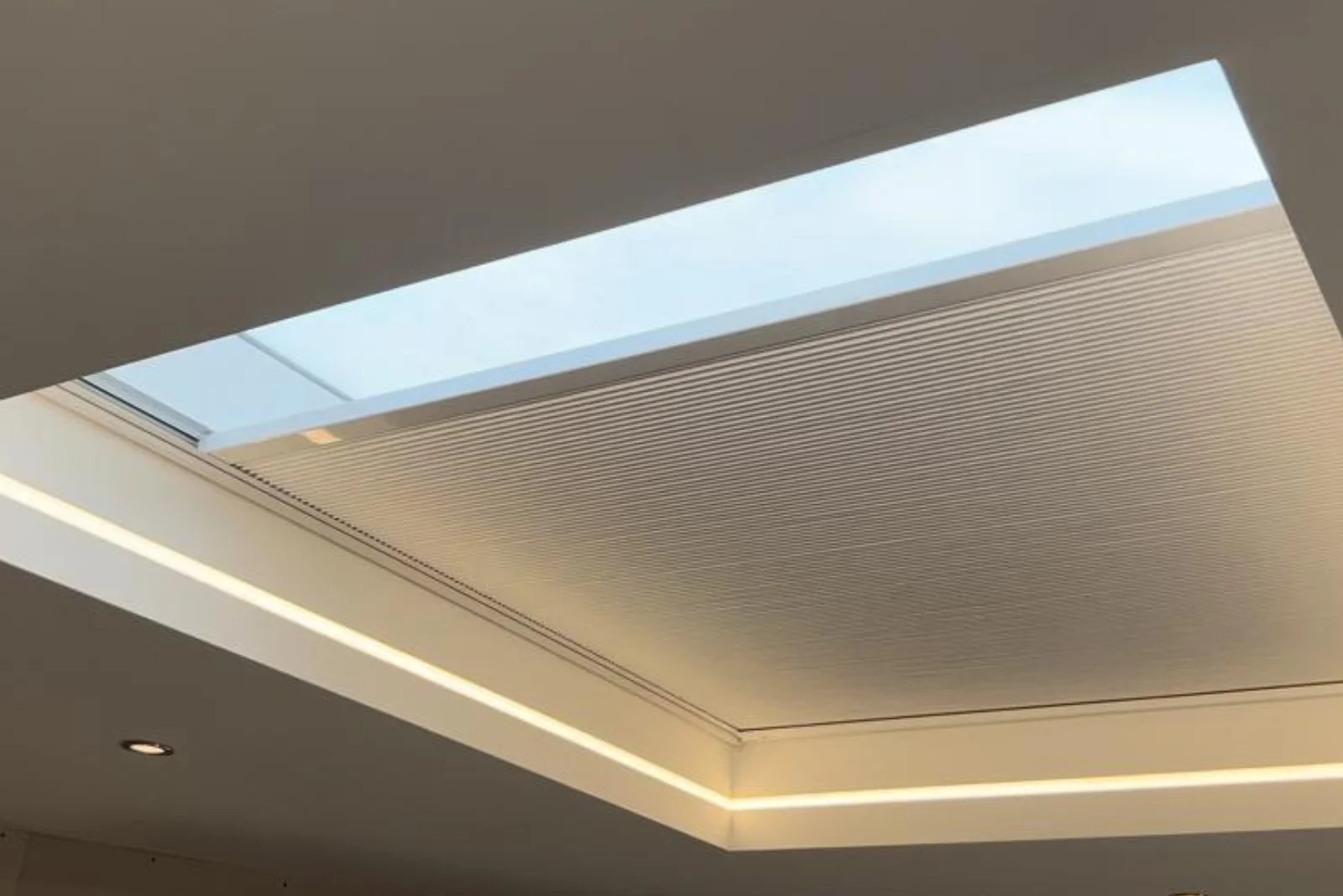
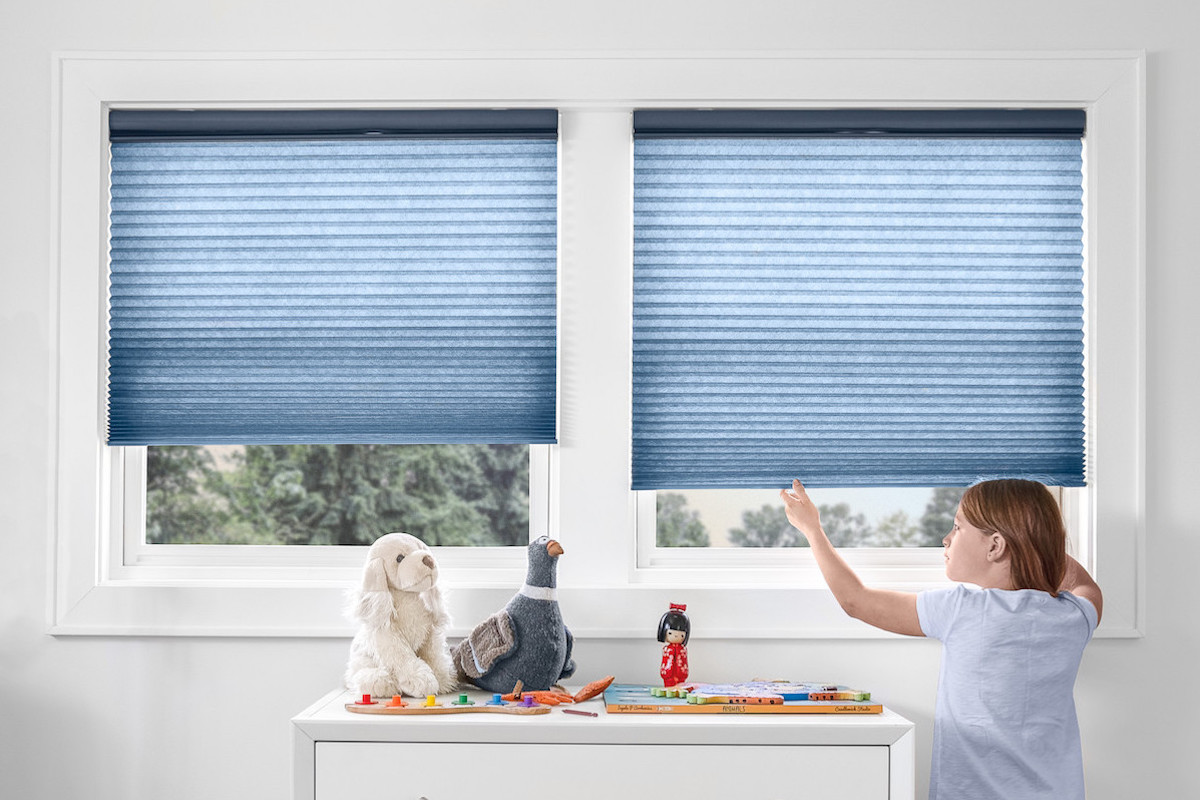
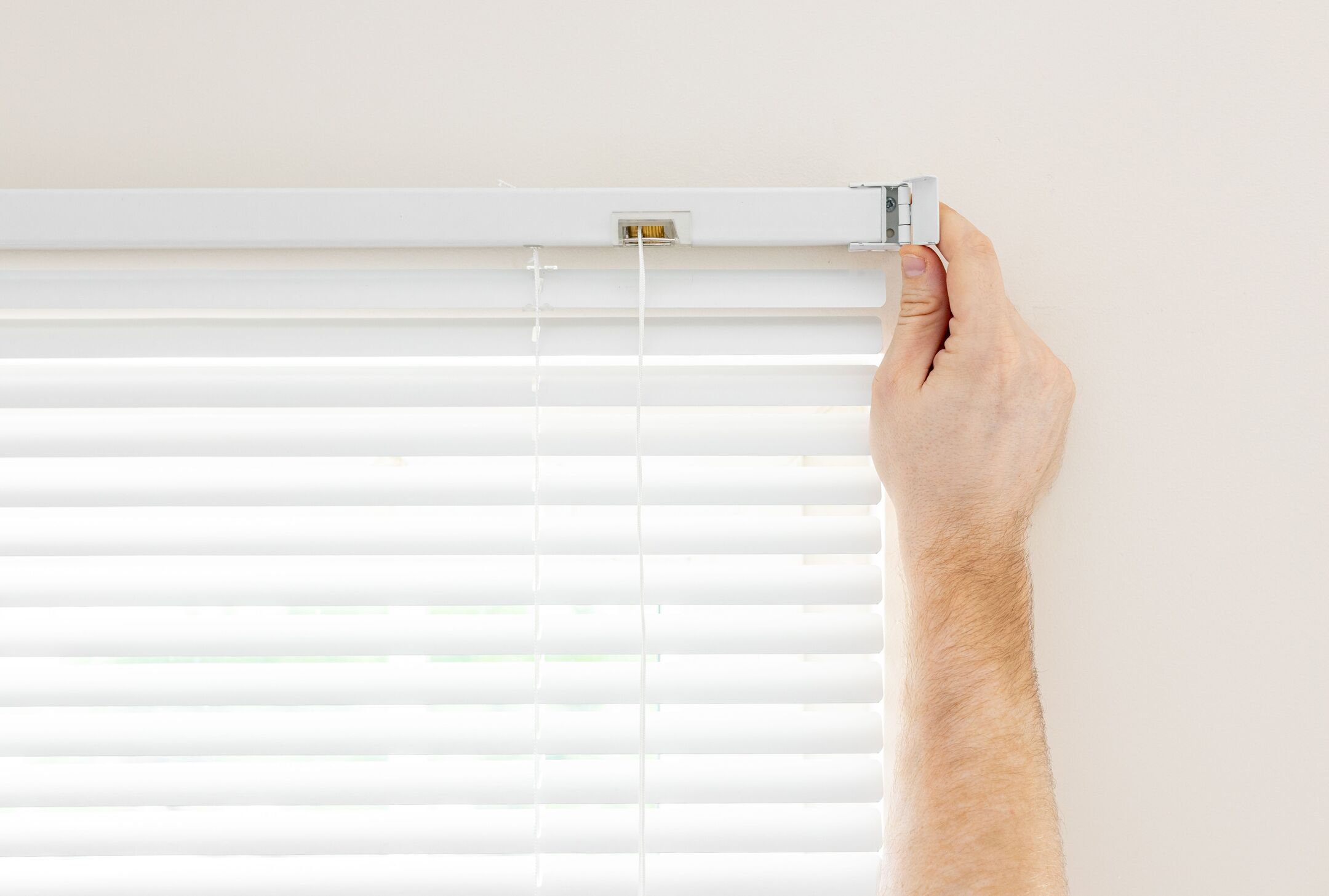
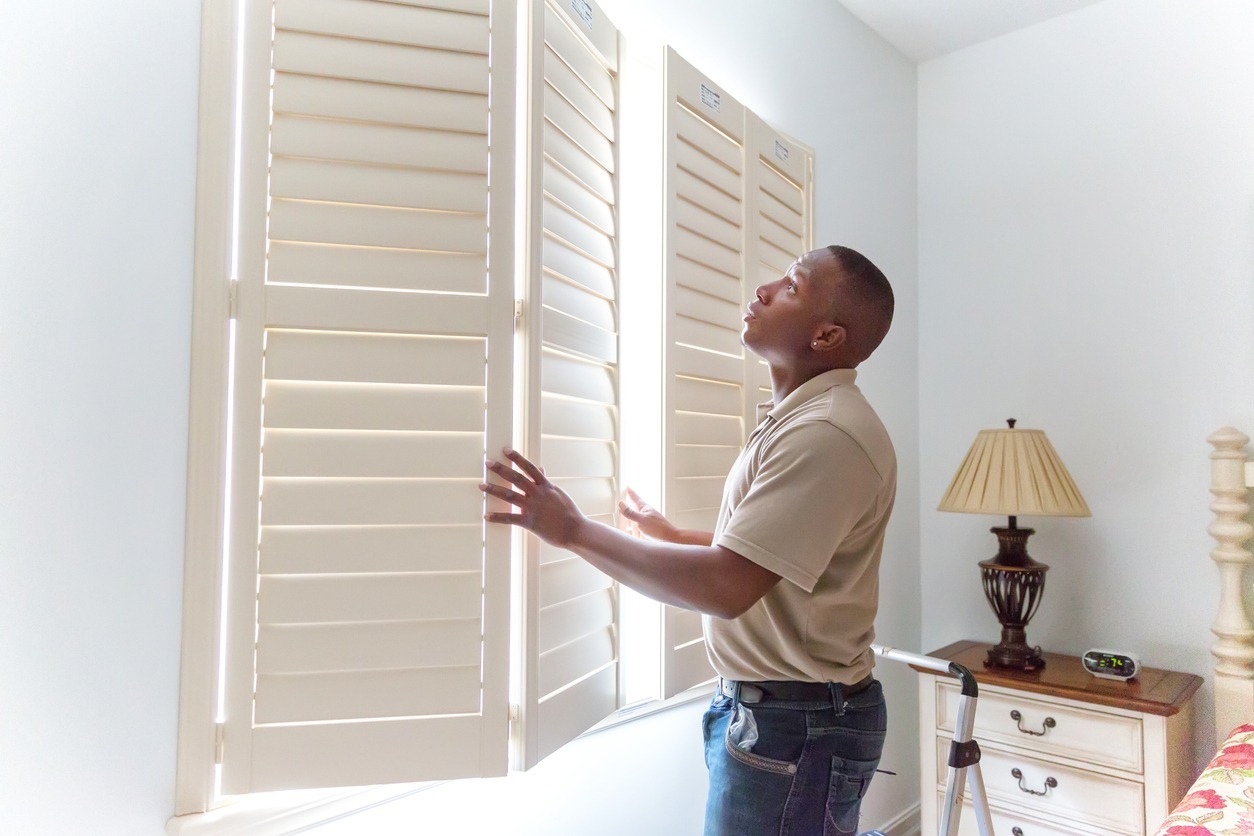
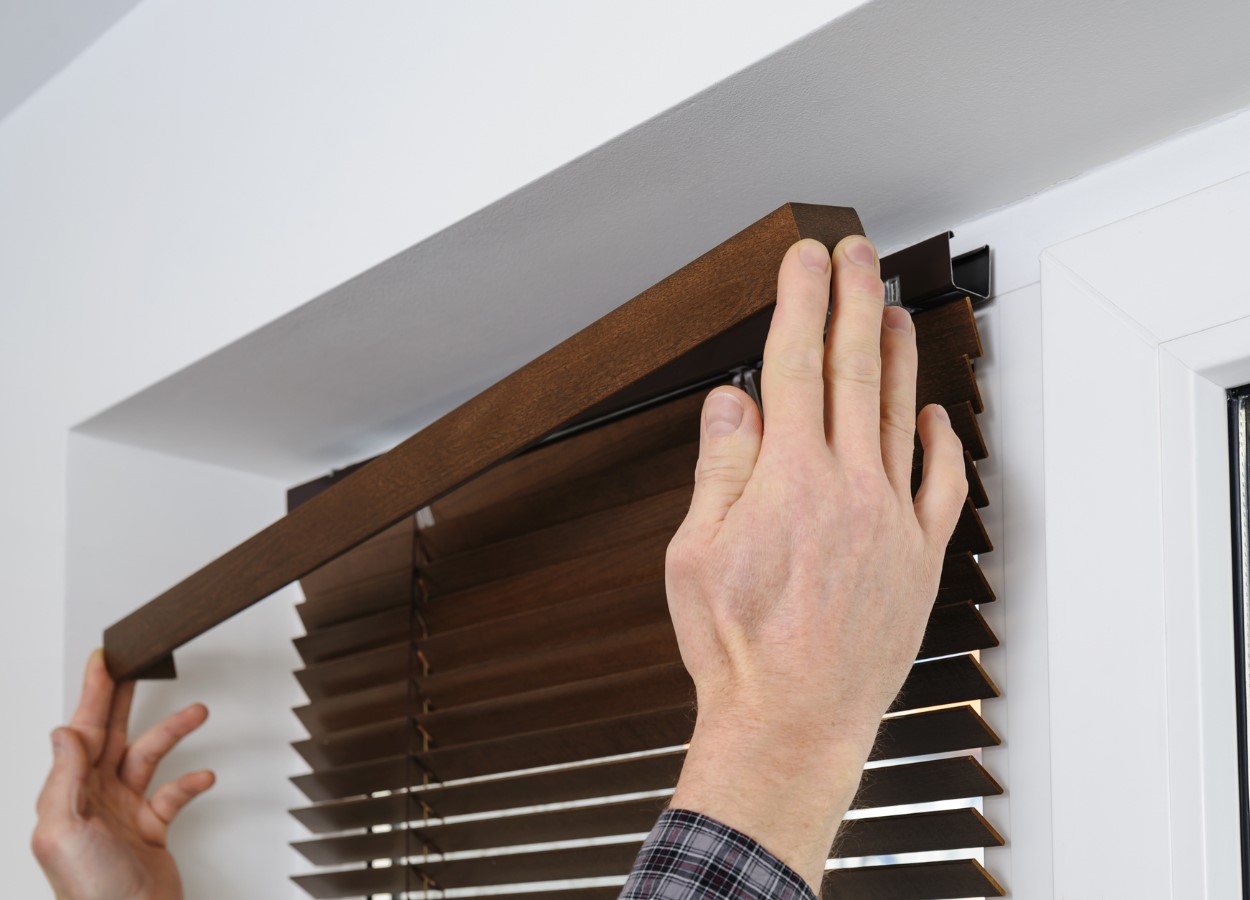
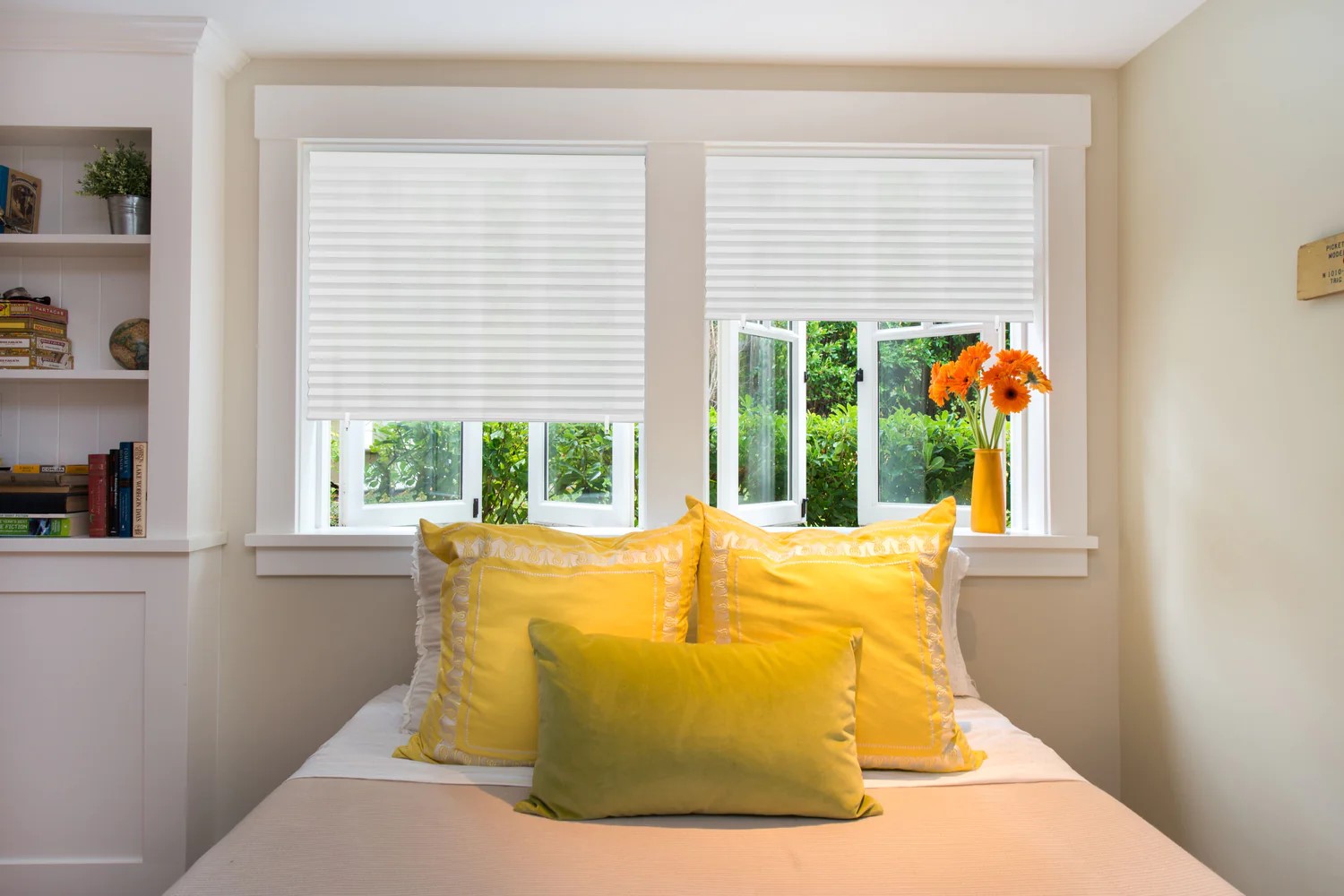
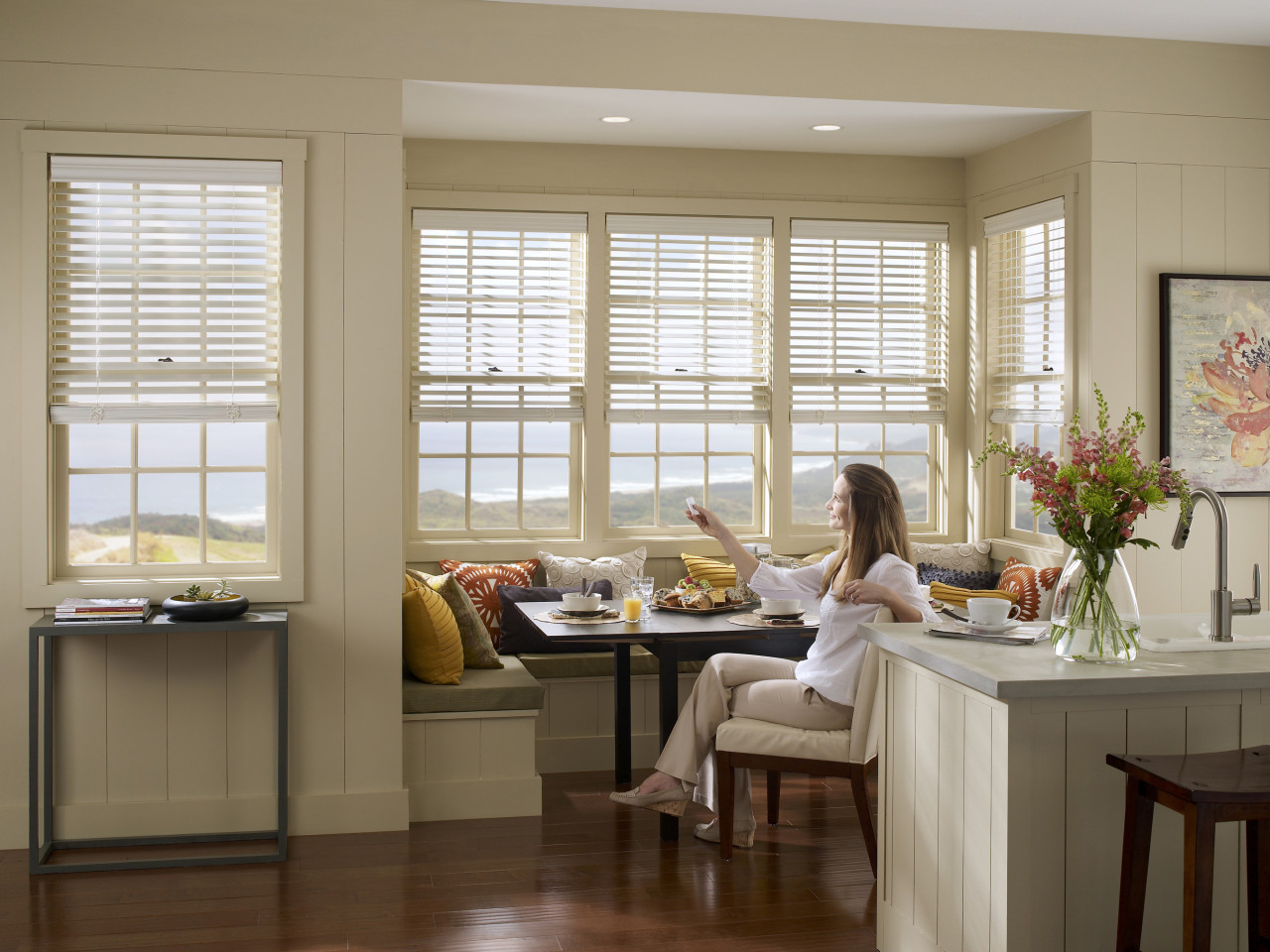
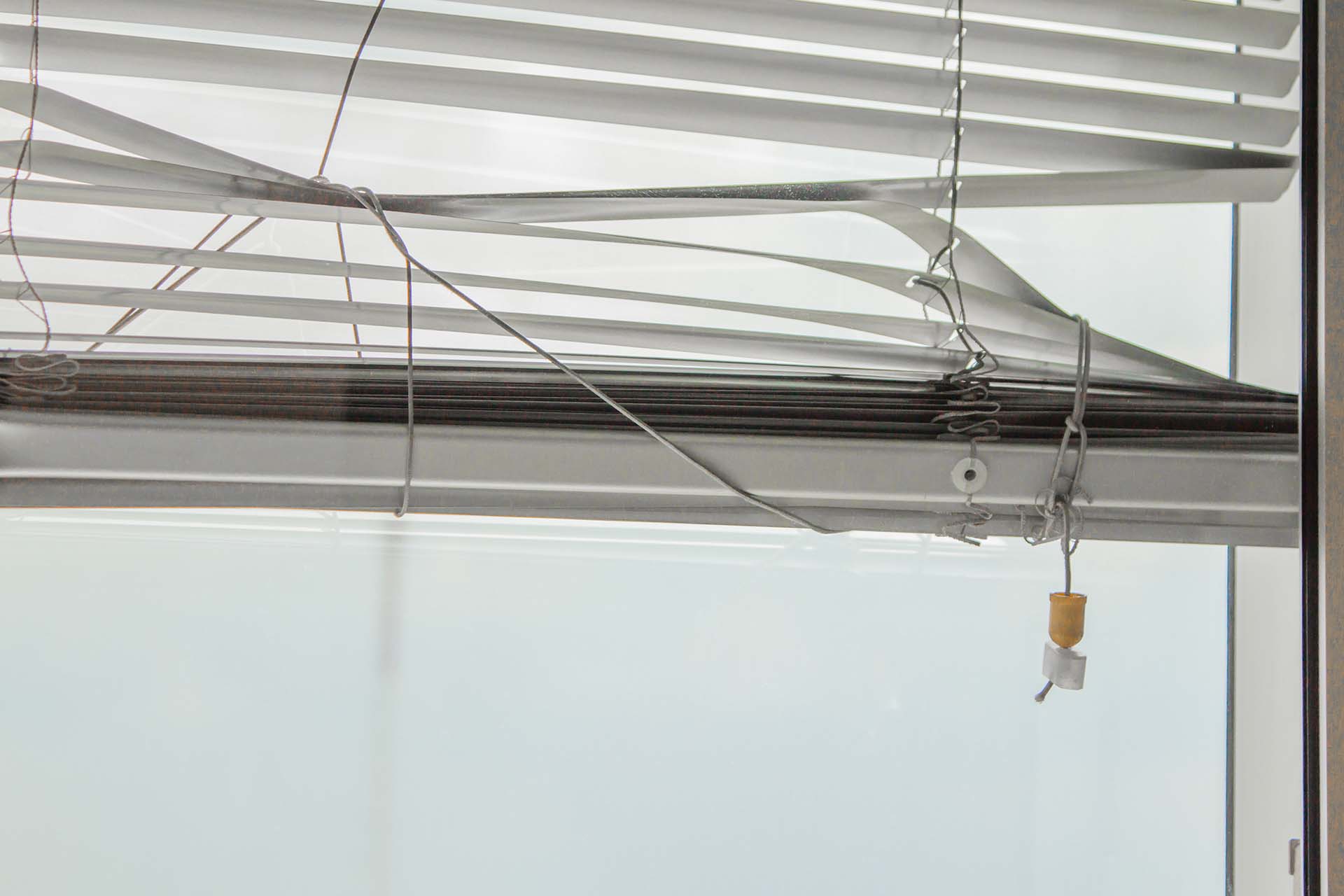
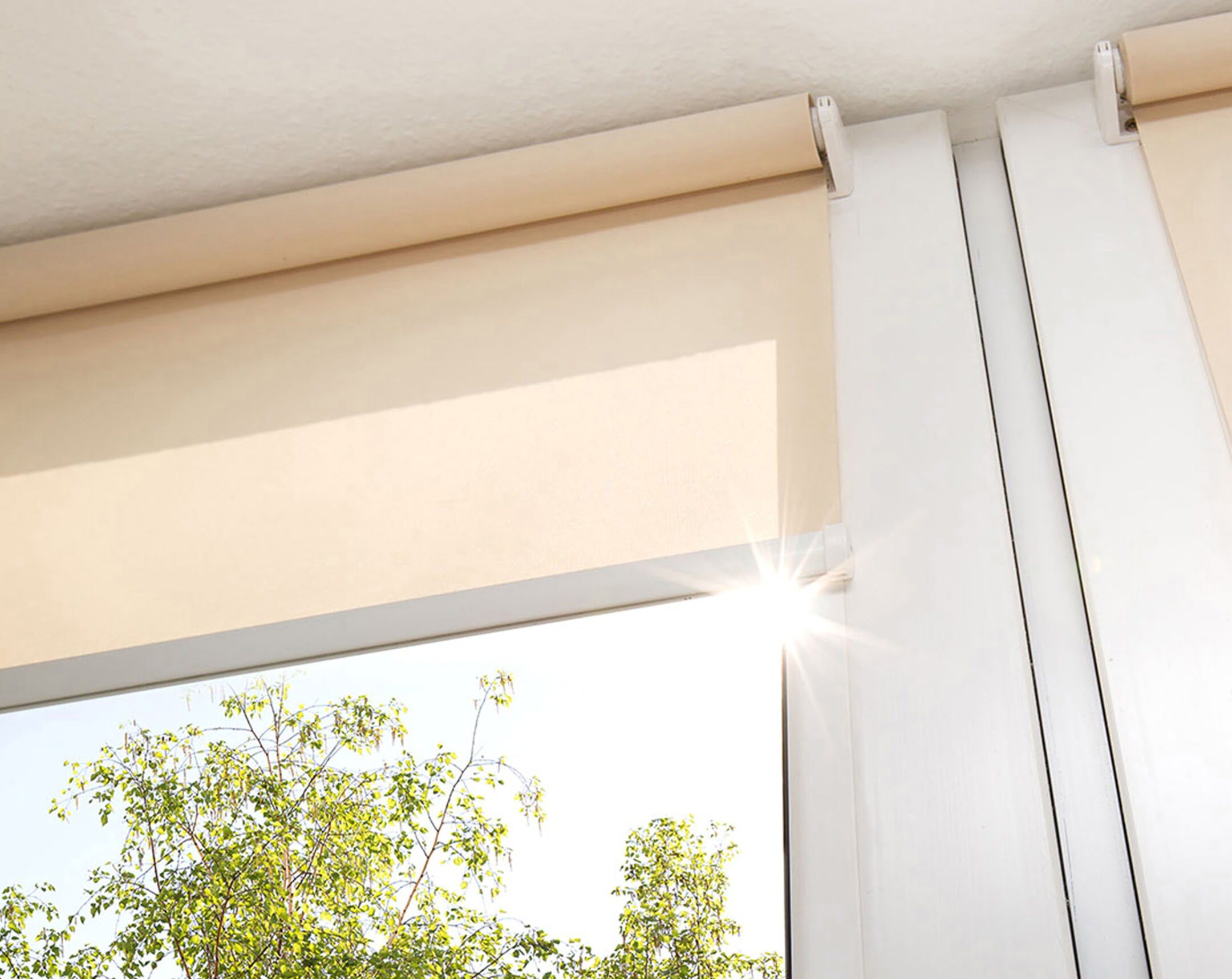
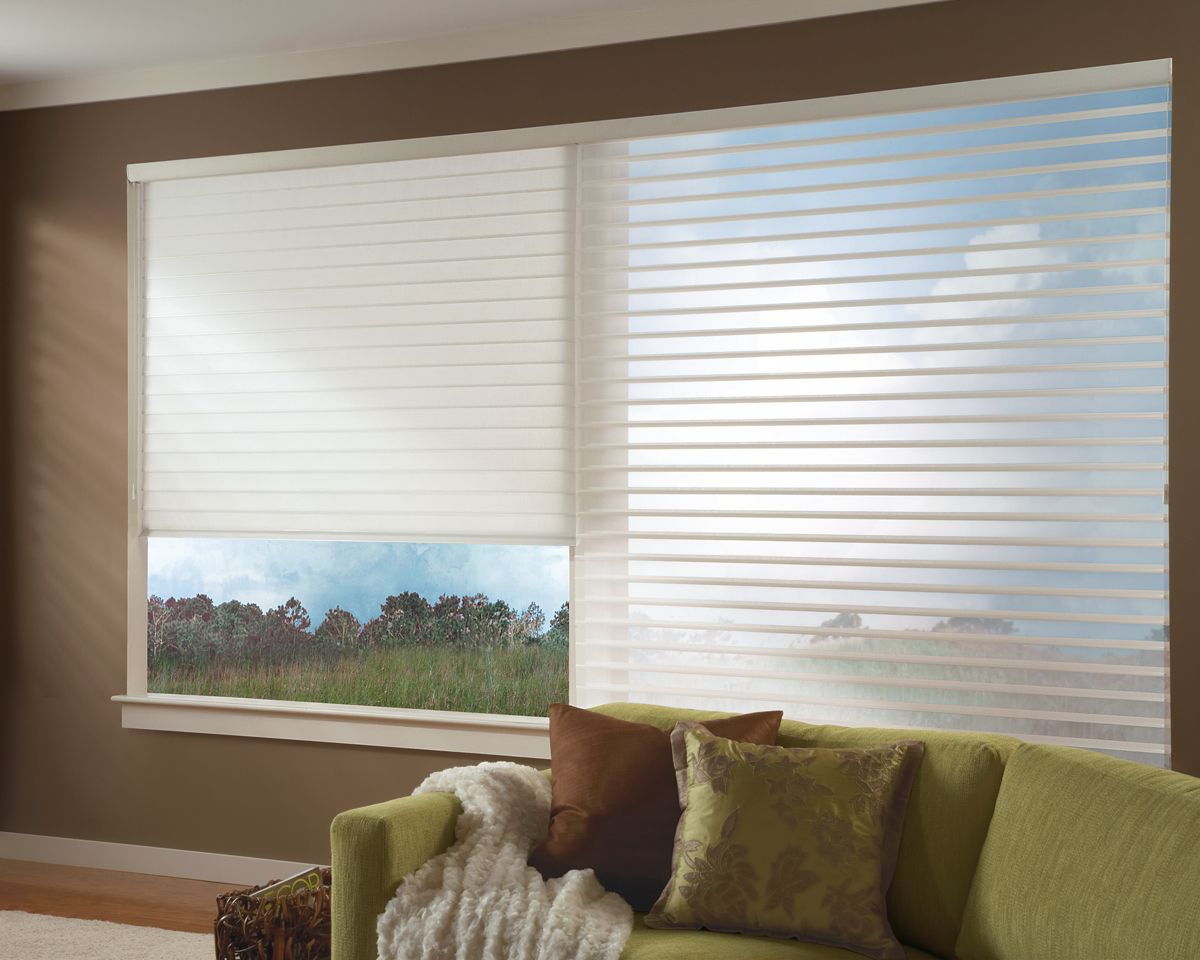

0 thoughts on “How To Measure Skylight Blinds”